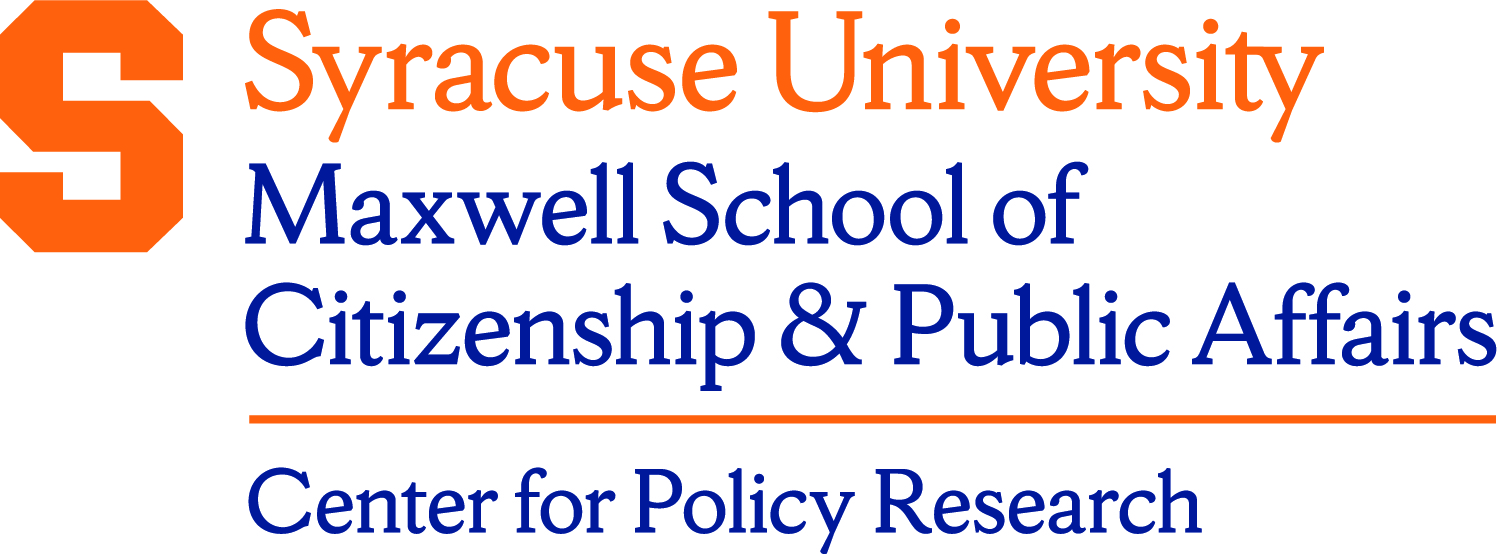Description/Abstract
This paper addresses the empirical question of whether trade and financial openness can help explain the recent pace in financial development, as well as its variation across countries in recent years. Utilizing annual data from developing and industrialized countries and dynamic panel estimation techniques, we provide evidence which suggests that both types of openness are statistically significant determinants of banking sector development. Our findings reveal that the marginal effects of trade (financial) openness are negatively related to the degree of financial (trade) openness, indicating that relatively closed economies stand to benefit most from opening up their trade and/or capital accounts. Although these economies may be able to accomplish more by taking steps to open both their trade and capital accounts, opening up one without the other could still generate gains in terms of banking sector development. Thus, our findings provide only partial support to the well known Rajan and Zingales hypothesis, which stipulates that both types of openness are necessary for financial development to take place.
Document Type
Working Paper
Date
2008
Keywords
Financial development, trade openness, financial openness, financial liberalization, dynamic panel data analysis
Language
English
Series
Working Papers Series
Disciplines
Economics
Recommended Citation
Baltagi, Badi H.; Demetriades, Panicos O.; and Law, Siong Hook, "Financial Development and Openness: Evidence from Panel Data" (2008). Center for Policy Research. 60.
https://surface.syr.edu/cpr/60
Source
Metadata from RePEc
Creative Commons License

This work is licensed under a Creative Commons Attribution 3.0 License.




Additional Information
Working paper no. 107
Harvest from RePEc at http://repec.org